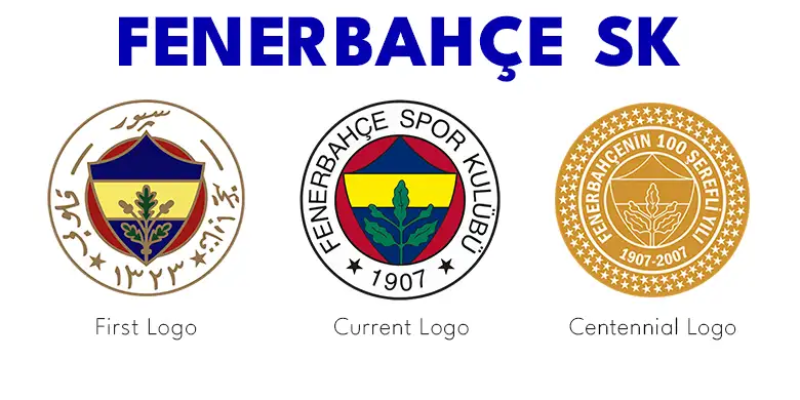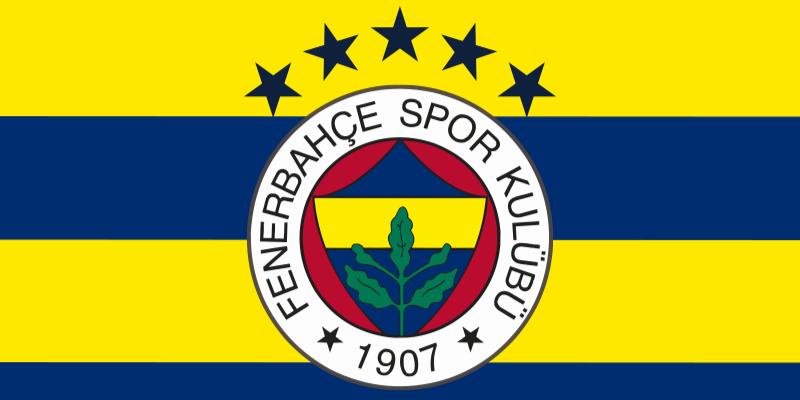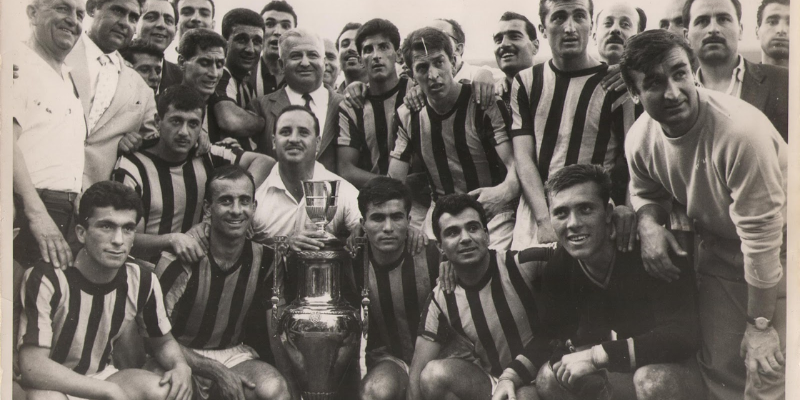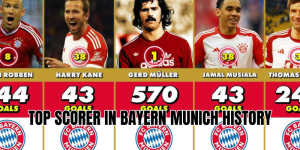Football is not just a game in Turkey—it’s a way of life, a culture, and a story of passion passed through generations. Among the great Turkish clubs, one name resonates far beyond Istanbul: Fenerbahçe. Fans around the world often ask, when was Fenerbahce founded, and the answer opens the door to a history full of drama, glory, and national pride. Today, MantaBall will take you on a journey through the birth, growth, and legacy of one of Turkey’s most iconic clubs.
The early beginnings

Fenerbahçe was officially founded on May 3, 1907, in Kadıköy, Istanbul, then part of the Ottoman Empire. Three visionary young men—Ziya Songülen, Ayetullah Bey, and Necip Okaner—secretly created the club during a period when football was not yet legal in the empire. Their love for the sport and desire to build a Turkish team strong enough to compete with foreign clubs sparked the birth of what would become a football giant.
The club’s name, “Fenerbahçe,” comes from the neighborhood of Kadıköy’s Fenerbahçe district, which literally means “Lighthouse Garden.” That light soon became a symbol guiding the team through the challenges of football history.
Founders and their vision

The three men behind Fenerbahçe’s birth were not just football dreamers but pioneers in shaping Turkish sporting culture.
- Ziya Songülen: Considered the driving force, he became the first president and invested heavily in establishing the team.
- Ayetullah Bey: A key organizer, ensuring the club operated despite restrictions.
- Necip Okaner: A naval officer whose discipline and leadership helped the club grow.
Their vision was to create a club that reflected Turkish pride, athleticism, and independence—values that would later connect deeply with the rise of modern Turkey.
The Ottoman Empire years

In its early years, Fenerbahçe played in secrecy, facing both legal restrictions and cultural barriers. However, after football became officially recognized, the club quickly grew into prominence. By 1912, Fenerbahçe won its first Istanbul Football League title, marking the start of its dominance.
During the First World War and the turbulent years that followed, the club became more than just a team—it symbolized national resistance. Matches against foreign military teams during the occupation of Istanbul became legendary moments, boosting the morale of Turkish citizens.
Early trophies and recognition
Fenerbahçe’s reputation grew quickly thanks to early silverware. Key milestones included:
- 1912: First Istanbul Football League title.
- 1933: First Turkish Football Championship victory.
- 1937: First win of the National Division, a crucial competition before the modern league system.
These triumphs cemented Fenerbahçe’s status as one of Turkey’s dominant football clubs, standing alongside Galatasaray and Beşiktaş in the famous “Big Three” rivalry.
Fenerbahce’s evolution into a multi-sport club
Though founded as a football team, Fenerbahçe evolved into a multi-sport institution. By the mid-20th century, the club had basketball, volleyball, athletics, swimming, and many other departments. This expansion was not only about sports but also about identity: Fenerbahçe became a community for millions, offering a sense of belonging beyond the football pitch.
Today, Fenerbahçe’s basketball team is among the strongest in Europe, further extending the club’s global reputation.
Iconic stadium and fan culture
One cannot speak about when was Fenerbahce founded without mentioning Şükrü Saracoğlu Stadium, located in Kadıköy. It stands as both a fortress and a symbol of the fans’ fiery devotion. The Fenerbahçe supporters, known as “12th men,” are famous for their passionate chants, banners, and unwavering loyalty, creating one of the most intimidating atmospheres in world football.
Fenerbahçe’s identity is inseparable, the yellow-and-navy-blue faithful have carried their club with pride.
Legendary players and golden eras
Over its century-long history, Fenerbahçe has seen legendary players wear its shirt. Some of the greats include:
- Lefter Küçükandonyadis: A true icon of Turkish football, who scored more than 400 goals for the club.
- Alex de Souza: The Brazilian maestro and fan favorite, remembered for his leadership and flair.
- Can Bartu: The “Sinyor,” who represented Turkey in both football and basketball.
Golden eras have come and gone, but each generation has added to the club’s legacy, keeping Fenerbahçe at the heart of Turkish football.
Historical rivalries
Fenerbahçe’s fierce rivalry with Galatasaray is one of the most heated derbies in world football. Known as the Intercontinental Derby, this clash reflects not only footballing pride but also cultural and social identity. Matches often define entire seasons, with emotions spilling into every corner of Istanbul.
The rivalry with Beşiktaş also remains intense, making every Istanbul derby a must-watch event for football lovers.
Modern achievements and challenges
In modern Turkish football, Fenerbahçe remains a powerhouse. They have lifted the Sü. The 2007–08 Champions League quarterfinals run and the 2012–13 Europa League semifinal are among their continental highlights.
However, the club has also faced challenges—financial troubles, UEFA bans, and fierce competition. Yet, resilience is in Fenerbahçe’s DNA, and every setback has fueled the desire to rise again.
Final thoughts
So, when was Fenerbahce founded? The answer is clear: May 3, 1907, in Kadıköy, Istanbul. But that date is not just a moment in history—it’s the birth of a symbol, a movement, and a story that continues to inspire millions of fans worldwide., Fenerbahçe’s journey reflects passion, resilience, and identity. As one of Turkey’s “Big Three,” its history is intertwined with the nation’s sporting soul.
Today, MantaBall invites you to keep exploring the stories of football’s greatest clubs and players. Dive into more biographies, statistics, and histories on our site—because every great fan knows that football is more than goals and trophies, it’s about the legacy that lives forever.






